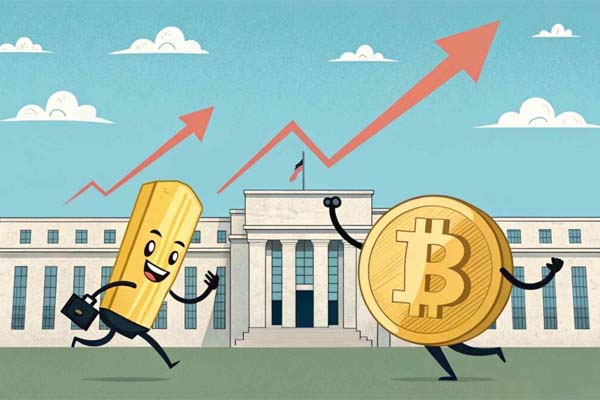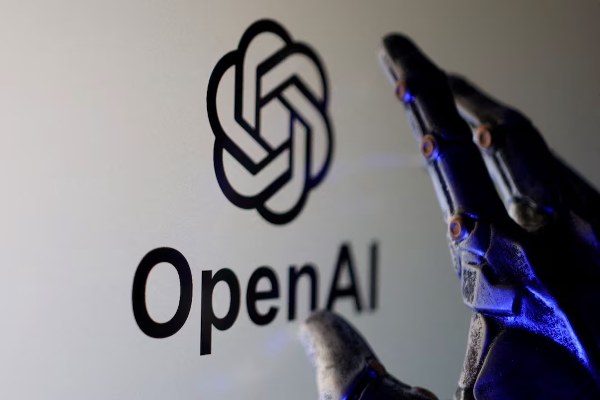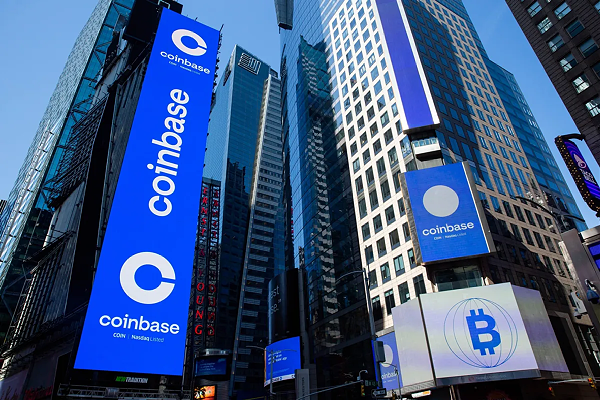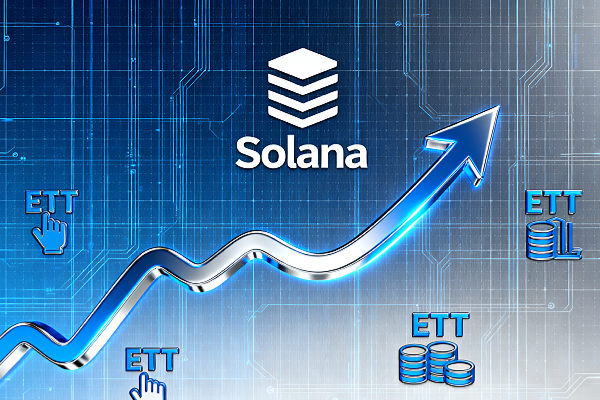Bitfinex Alpha | Strong April Close Sets Up Bitcoin for Summer

Bitcoin closed April with astrong 14.08 percent monthly gain, outperforming its historical April average and reversing course after a steep early-month correction. This rally, which saw Bitcoin climb more than 32 percent from its April low of $74,501 to nearly $98,000, highlights the asset’sresilienceamid macroeconomic turbulence and shifting risk sentiment. Reclaiming the $95,000 level—the lower boundary of its former three-month range—is now thekey technical threshold. Holding this zone, especially as BTC consolidates above the short-term holder cost basis of $93,340, could lay the groundwork for a move back toward all-time highs.
On-chain data supports this narrative: miner reserves remain stable and thePuell Multiplesuggests little incentive for large-scale miner selling, indicating confidence in further upside. While the near-term hinges on whether BTC can convert this reclaim into sustainable support, structural signals continue to lean bullish—setting the stage for a potential continuation of the current cycle once macro conditions stabilise.
The US economy showed surface-level resilience in April, with177,000 new jobsadded and unemployment holding steady at4.2 percent. Labour force participation grew, and key sectors like education, healthcare, and hospitality continued hiring. However, wage growthslowedto 0.2 percent monthly and 3.8 percent annually, job openings declined, and certain industries like manufacturing and retail lost jobs—signs of a cooling labour market.
These positive headlines mask deeper structural issues, as companies may be “labour hoarding” after past hiring struggles, and the jobs report is increasingly seen as a lagging indicator. Meanwhile, consumer spending appearsstableon the surface but reveals cracks beneath—durable goods purchasesdropped sharply, while nondurables and servicesrose. A temporary surge in equipment investment lifted private investment numbers, but broader economic momentum remains weak.Imports soaredover 40 percent, widening the trade deficit and dragging GDP down by 0.3 percent in Q1, largely due to corporations front-loading goods ahead of tariff hikes.
Consumer confidence has plunged toits lowest level since 2020, with theExpectations Indexdropping to a level historically linked to recessions. Rising concerns about income, job security, and inflation—driven by ongoing trade tensions—are weighing heavily on sentiment. As inflationary pressure from tariffs builds and household income growth stalls, the US faces a precarious period of economic deceleration.
In the cryptosphere,Nexo has reentered the US marketafter a two-year exit, citing a more favourable regulatory climate and political support, particularly under the Trump campaign’s pro-crypto stance. The company now aims to offer a fully compliant suite of crypto-backed financial products, reflecting a broader industry shift toward cooperation with regulators. Meanwhile, theArizona Housepassed two bills that would allow the state to invest up to 10 percent of its funds in Bitcoin and other cryptocurrencies, potentially making it the first U.S. state to hold crypto in its treasury and retirement systems—though the outcome remains uncertain due to Governor Hobbs’ veto warning tied to broader budget concerns. Across the Atlantic, the UK governmentintroduced draft legislationto regulate crypto platforms, emphasising consumer protection and transparency, while also strengthening collaboration with the U.S. to establish a transatlantic regulatory framework. Lastly, the SEC concluded its investigation intoPayPal’s stablecoin PYUSDwithout enforcement action, signalling potential regulatory clarity for stablecoins and reinforcing PayPal’s position in the evolving digital asset landscape.









